Champagne combines elegance, romance, and mystery. It is the darling of the fashion circle, the traditional wine of vanity fair, and the royal wine favored by the French Emperor Napoleon, Queen Victoria, and the Prince of Prussia. The movie scene where upper-class guests holding a glass of Moët & Chandon champagne over their heads hang around in Gatsby's luxurious mansion shows people the superior and luxury side of champagne. In a curvy and crystal-clear champagne glass, the dreamy light gold wine gracefully spits out innocent bubbles. As the dense bubbles gradually ascend and collapse eventually, people become obsessed. In this article, Give Gift Boutique will unveil the mystery of champagne for you, please follow us to explore "everything about champagne".
Related reading:How to Pick a Quality Wine?
A Guide to the Basics About Champagne
What is champagne?
Champagne is a wine made of grapes as well as a sparkling wine, but only those produced in Champagne province of France and made with the approved grape varieties can be called Champagne. Champagne can be made with red grapes, pink grapes and white grapes. Most champagnes on the market are made from red grapes. Grape varieties commonly used to make Champagne include Pinot Noir, Pinot Meunier and Chardonnay. Pinot Noir is the most-widely planted red grape variety in the Champagne region, followed by Pinot Meunier. These two grapes account for 70% of the grape production in the area. Since Chardonnay grapes require specific light and soil conditions to grow, they have the least yield than the other two raw materials of Champagne. In addition, the pink grape variety Pinot Gris, which is specially grown for pink Champagne, is also widely planted in the area. Champagnes made only from white grape varieties is more expensive due to its very rare yield, they are taken as collections for wine collectors.
In Hong Kong, Champagne has a higher average selling price than wine and liquor . Champagne is the most luxurious sparkling wines. The key difference between it and an ordinary sparkling wine is that champagne undergoes a secondary fermentation process in the bottle. The more complicated and difficult process of making champagne and the much higher cost gives it incomparable beautiful taste than ordinary sparkling wines which process their secondary fermentation in stainless steel tanks.
How to make champagne
1. Test raw materials
As we know, Champagne is made from grapes. Wine grapes generally should be harvested before they ripen to maintain higher acidity and less sugar. When the grapes are about to ripen, the winegrowers collect grape samples and test in the lab to confirm the maturity before they harvest them all. Strict regulations for making champagne starts with harvesting the grapes in a bunch by hand.
2. First fermentation
After the leaves and stems are removed from the grapes, workers squeeze juice out of grapes. Then they separate the solid and transfer the juice into a stainless steel fermentation barrel, add in yeast to complete the first fermentation. You will get the base wine from this process.
3. Lactic acid fermentation
The Champagne region is located near 49 degrees north latitude where the grapes tend to retain more malic acid. Most wineries perform lactic acid fermentation process after the first fermentation, using lactic acid to convert malic acid into mild lactic acid and add to the complex flavor of the base wine. However, some wineries do not adopt malolactic fermentation, they deliberately preserve the high acidity of the base wine and the taste of fresh grapes, and increase the potential of making an old wine.
4. Blending
Blend is process to mix base wine of different proportion, year of production, production area and production conditions based on the judgement of acidity and tannin by the winemaker to present iconic feature of the wine. Since the maturity and quality of grapes vary from year to year, adding other base wines to the blend can keep Champagne quality stable. When the winemaker blends in different base wines, he may apply ten and even hundreds of base wines. The blending process is very complex. Modern blending uses stainless steel barrels with temperature control functions. The higher fermentation temperature can shorten fermentation time and reduce the production of esters, keeping the blending process controllable.
5. Secondary fermentation
The well-blended base wine are bottled after sugar and yeast fills in. In the bottle, secondary fermentation begins. During this process, yeast consumes sugar and produces carbon dioxide, when carbon dioxide dissolves in the wine, it makes the elegant champagne bubbles.
6. Remove residue without changing bottles
Yeast fermentation in the bottle produce lots of sediment, AKA lees. During the aging stage, winery workers regularly turn around and flip the bottle multiple times to accumulate the lees at the mouth of the bottle. When the lees finally set in place, they freeze the bottleneck. Frozen wine dregs will be pushed out by pressure when the cork is removed from the bottle, completing the dregs removal process. The extra space in the bottle will be filled with a mixture of base wine and sugar (liqueur d'expedition).
7.Seal the bottle
After the dreg removal process is completed, Champagne bottles are usually sealed with a mushroom-shaped cork, then is fixed with metal wire net on the bottle mouth, and sealed with tin foil label. Voilà, Job’s done!
Types of champagne
According to the grape raw materials used in winemaking, champagne can be divided into blended wine, blanc de blancs, blanc de noirs, and rosé champagne.
Most champagnes on the market are Blended champagnes, made with three mixed grapes: Chardonnay, Pinot Noir, and Meunier, to present different flavors and layers of taste in the wine.
Blanc de Blancs is made from 100% white grapes, most of which are 100% Chardonnay. Some rare Blanc de Blancs Champagne made with special white grape varieties, such as Pinot Blanc, Pinot Gris, Petit Meslier and Arbane, four grape varieties designated by the production area.
Blanc de Noirs refers to Champagne made entirely from red grapes using either Pinot Noir or Meunier alone, or blending both. During the wine-making process of Blanc de Noir, it is necessary to strictly avoid color transfer from contacting the peel.
Rosé Champagnes have light pink or salmon pink color. It is made by macerating a whole bunches of red grapes or by blending in still red wine before bottling.

Fruit Tart MOET bday gift set
Taste of Champagne Made From Different Grape Varieties
100% Chardonnay champagne taste: Lemon and citrus aroma, mineral aroma, salty taste, high acidity and aging potential
100% Meunier champagne taste: Apple and pear scent, bouquet, crème brûlée, apple pie and other desserts. The acidity lies between Chardonnay and Pinot Noir.
100% Pinot Noir Champagne taste: low acidity, leather aroma, juicy berries, liquorice, clove, truffle, earthy aroma.
History and Culture of Champagne
Champagne was Born at A Beautiful Accident
Wine-making history in the Champagne region of France can traced back to the Middle Ages. However, the unique wine-making techniques of Champagne appeared a hundred years later when a cold winter transited to warm spring.
Frenchman Charles de Saint-Evremond fell out of favor with French King Louis XIV and was sentenced to the Bastille. The British prince William Russel generously offered him shelter. To express his gratitude, Charles de Saint-Evremond gave the prince three barrels of still wine made at the Champagne region of France as a gift. Accidentally, wine made in the cold winter caused yeast to stop fermentation prematurely before it completely converted into alcohol. And as the temperature got warm again in spring, the yeast reactivated the fermentation with residual sugar and produced a lot of gas inside the barrel. When Charles de Saint-Evremond opened the wine, the cork ejected fiercely due to the strong pressure from inside the barrel and made a loud banging sound. The prince was very pleased, and since then the bubbly champagne has become popular in England.
Anecdote of Champaign Bottle
In the medieval, church owned vineyards and monks made wine for sacramental ceremony. A clever monk discovered that fixing the bottle cap with iron wire could prevent it from popping and at the same time better preserve the aroma of the wine. The earliest champagne bottles were blown to make, but these bottles could not withstand the internal pressure of the champagne and were prone to breaking and exploding. Thanks to the Industrial Revolution in 1850, machinery produced thicker and heavier glass bottles, which is strong enough to undertake the accumulated internal air pressure, and to provide condition for vintage, storage and long-distance transportation of champagne. Ultraviolet rays do harm to Champagne’s quality. As a consequence, most champagnes bottles are colored brown or green to block out sunlight. In order to show the beautiful color of rosé champagne, it usually comes with a transparent bottle.
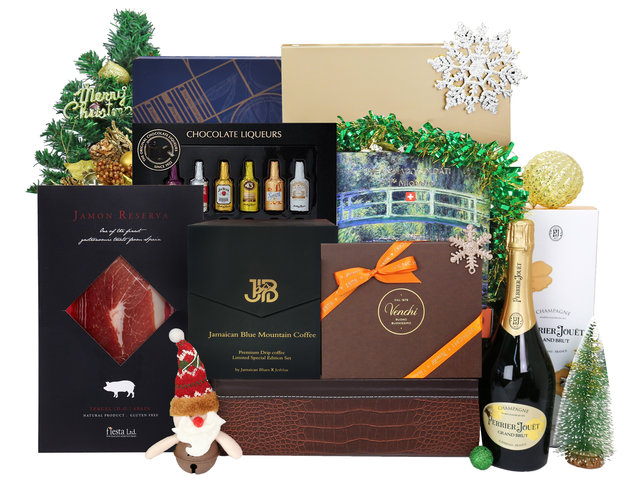
Christmas Luxury Gift Hamper v12
Sales and Promotion of Champagne
The popularity of Champagne could not happen without the promotion of the royal family and wine producer. During the Louis XV period, champagne was officially permitted to be transported in bottles, which boosted the champagne trade. Since then, a large number of champagne brands have emerged, such as Champagne Moet & Chandon, Perrier-Jouët, Veuve Clicquot, Louis Roederer and Krug. During the Napoleonic Wars from 1803 to 1815, Madame Clicquot, the first hostess in the Champagne region, worked hard to expand the European market, making Champagne an indispensable wine for royal and aristocratic banquets. During the critical period of the battle between Russia and France(in 1814), Mrs. Clicquot took the risk to transport 10,550 bottles of champagne to Russia. When King Napoleon announced his surrender, Russia celebrated with these champagnes. Veuve Clicquot champagne quickly sold out, and Russia quickly became one of the important oversea markets for champagne houses at that time. Loyal customers of champagne include famous Russian writers Pushkin and Chekhov. As document recorded, Veuve Clicquot Champagne first sold to China in 1847, which was earlier than the sales to Canada in 1855, Australia in 1859 and Japan in 1867. In 2019, global Champagne sales reached 297.5 million bottles. In 2020, affected by the epidemic and other factors, global Champagne sales dropped to 245 million bottles. In 2021, sales of champagne rose to 320 million bottles. And in 2022, international shipments of champagne reached 326 million bottles.
Top Champagne Brands of the World
Champagne has always been linked to celebrations. Whether it is at the coronation of kings of England and France, fancy banquets, art exhibitions, fashion shows, opening ceremonies, product launch conferences, anniversary (serving as the salute cannon), or a romantic dates on Valentine's Day, champagne completes the joyful moments. As champagne is poured out, rich aroma molecules released with stress, instantly pulling people into a dreamy, beautiful and relaxing space. The great famous champagne wineries have been supplying high-quality champagne to the world for centuries, they not only please loyal customers with stable and fine quality, but also truly set a role model champagne for the beginners. Beginners access to fine taste at their first step of the champagne journey and forms a "pilgrimage" in their heart ever since.
Moët & Chandon
Moët & Chandon is a world-famous French champagne and the champagne enjoyed by many royal families. Moët & Chandon Champagne was founded by Claude Moët in 1743 and has a history of more than 250 years. Moët & Chandon owns 664 hectares of vineyards, which is one of the largest in the world. In 1987, Moët & Chandon became part of the LVMH luxury goods group, represented by the letter M. The various champagnes produced by Moët & Chandon account for 1/4 of France's export volume of champagnes. Moët & Chandon Impérial Brut is the flagship product, it’s a blend of Pinot Noir, Meunier and Chardonnay. The number of bottles produced of Dom Perignon Selection has never been disclosed to the public. The maturation period of champagne is about five years generally, and it will start to decline after being stored for more than ten years. However, the Dom Perignon Selection champagne takes ten years to reach its peak, and there is no problem even if it is stored for another ten or even twenty years. In order to ensure the stable quality of champagne, Moët & Chandon winemakers do not hesitate to add in premium vintage storage base wines for blending.
Perrier-Jouët
Perrier-Jouët Champagne house was founded in Epernay in 1811 and is one of the oldest Champagnes. Over the past two centuries, the brand has established 266 acres of vineyards in the Champagne region. Among them, the Cote de Blanc vineyard in Carmont has been rated as 100% top quality vineyard. The Belle Epoque, Grand Brut and Blanson Rose series produced by Perrier-Jouët use grapes from high-quality vineyards with a rated score of 99.2%. In 2016, Perrier-Jouët’s Champagne vineyards obtained HVE certification of French top environment assessment for their biodiversity and excellent ecological standards. Perrier-Jouët Champagne combines Pinot Noir, Pinot Meunier and Chardonnay with its unique wine-making formula, presenting a full and ample taste as well as rich fruit aroma. Its innovative and pioneering floral-scent Champagne amaze the world. Perrier-Jouët currently belongs to the Pernod Ricard Group, with an annual production of champagne of three million bottles.
Veuve Clicquot
Champagne’s global promotion is inseparable from the expansion of Veuve Clicquot’s business. In 1772, Philippe Clicquot, son of a family of bankers and textile merchants, founded Clicquot House and sold champagne to Venice. During the Russo-French War in 1814, Mrs. Clicquot, wife of Philippe Clicquot, transported 10,550 bottles of champagne to Russia. Their champagne continued to sell overseas, such as to China, Canada, Australia and other countries. In 1986, luxury goods group LVHM acquired Veuve Clicquot. In 2015, the crayères where Veuve Clicquot is located was listed as a UNESCO World Heritage Site. Chateau Veuve Clicquot has one of the best vineyards in the world. Its 390 hectares of land make up 12 of the 17 Grand Crus and 20 of the 44 Grand Crus of the entire Champagne region. The region's ideal climate condition with cool temperatures and limited sunlight, coupled with the hilly terrain and regular, moderate rainfall, give the fresh taste of the grapes. The unique chalk soil not only better regulates heat and moisture, but also gives the wine a special mineral aroma.
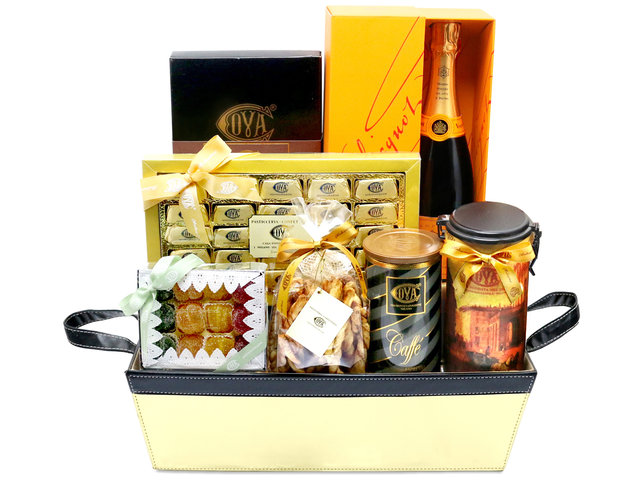
Premium Luxury Fancy Wine And Pastry Gift Hamper FH72
Krug
Krug Champagne was founded in 1843 by Johann-Joseph Krug and is known as the Rolls-Royce of Champagne. Krug Champagne remarkably combines abundant flavors and creates layers of complexity with its classic blending techniques. Aged Krug champagnes have been hot collections among international champagne collectors. Krug Champagne production only accounts for 0.2% of global Champagne. The brand adheres to high quality standards in every bottle. Even for an entry-level non-vintage champagne, winery still adds in a high proportion of invaluable aged base wine to blend. The base wines have been cellared for more than ten years, spans dozens of different vintage and the blending can combine more than 120 base wines, giving the creamy and milky champagne rich taste and complex aroma of dried fruits, toast, spices, candies, etc. Krug Champagne strictly selects raw materials. It refuses to use grapes grown in large vineyards, and on the contrary always it uses grapes from more than 50 exquisite vineyards with limited yield to make their champagne. These exquisite vineyards have extraordinary natural conditions, ensuring that each grape is fully exposed to sunlight, has ideal maturity, and presents excellent quality. Chateau Krug was first known for its proud and harsh approach to vinification that gave its Champagne extra value - exclusively made in small barrels. Each bottle of Krug Champagne will be stored for at least 6 years before leaving the chateau, and an additional year to remove yeast. It takes at least 20 years to make a bottle of deluxe Krug Champagne.
Louis Roederer
Louis Roederer Cristal Champagne was the "Wine of the Czars". In 1876, Tsar Alexander II ordered the owner of Louis Roederer Champagne to make an exclusive champagne for him. The winery owner made vintage champagne tailoring to the Tsar's taste and strict requirements. He filled the champagne in a flat-bottomed crystal bottles to present nobility. Louis Roederer Cristal Champagne was born and named after the precious crystal material. Nowadays, Louis Roederer Champagne and Cristal Champagne is still the British royal family’s choice, its importance in the minds of Western aristocrats never changes. Louis Roederer's Cristal Champagne stubbornly insists on making wine only in great vintages. It perfectly blends mature Chardonnay, Pinot Noir and Pinot Meunier, giving the wine long-lasting fruit flavors, and strong aurora of mineral, white fruits and citrus. The aroma shows exceptional purity and freshness. Louis Roederer Cristal Champagne needs to be aged in the cellar for 6 years and another 8 months for dreg removel before it is released on the market.
Champagne has Low Alcohol Content, but Why Does it Tend to get People Drunk?
-”It’s not the wine that makes people drunk but their wishes do”
Champagne generally contains 8-14% alcohol, which is at an average alcohol content of most wines on the market. It’s much lower than that of liquor. To our surprise, champagne make more people drunk more easily than we realize. This interesting phenomenon caught our attention. In 2001, Surrey University in the UK conducted a research experiment on the absorption of alcohol with bubble. In the two experimental groups, six participants drank both bubbly champagne and still champagne every week. The results shows that the alcohol content in the participant's blood rose to 0.54mg/ml five minutes after they drank bubbly champagne. While they drank still champagne, alcohol content in their blood was 0.39mg/ml. 40 minutes later, the alcohol content in their blood respectively rose to 0.7mg/ml and 0.58mg/ml. This experiments indicates that under influence of bubbles, alcohol concentration in the blood rises faster, and it remains in the blood longer. Therefore, champagne with rich bubbles is indeed easier to get drunk with. But frankly speaking, who could resist the sweet aura, non bitter or strong texture of champagne. You take one cup after another till blush unconsciously covers on your cheek.
Champagne Tasting
What glass should I use to drink champagne?
Small groove at the bottom is the distinctive feature of Champagne glasses. This groove not only helps to present dense bubbles, but also greatly enhances the taste of champagne.
The most classic champagne glass is a flute-shaped champagne glass. Its superior long body and narrow mouth can slow down the evaporation of carbon dioxide and retain the aroma for a longer time. Flute-shaped champagne is suitable to use at cocktail parties and business banquets.
The Tulip-shape champagne glass is similar to the shape of a liquor glass. The mouth and capacity of a tulip-shape champagne glass is larger than that of a flute-shape cup, it enlarge the champagne’s exposure to air. You can taste a more complex fusion of aromas every sip.
The saucer-shaped champagne glass has a very shallow body and a wide mouth, which can speed up the evaporation of champagne bubbles. It provides convenience for toasting by reducing irritation of carbon dioxide to your throat. Saucer-shaped champagne glasses have a stable center and they are often used to build champagne towers at celebration events.
The stemless glass is often used to make various cocktails with champagne. Its large body can hold different wines, juice, fruit slices and ice cubes. The is type of glass do not tip over easily even in chaotic and crowded venues.
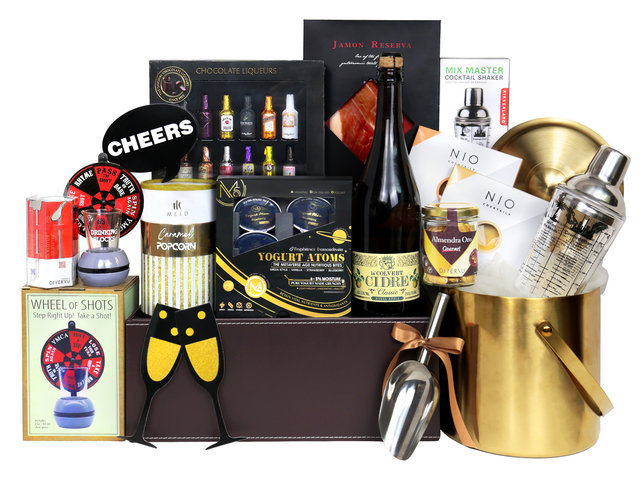
Tipsy Party Housewarming Gift Hampers HW05
How to Choose Champagne?
1. Check the foam and bubbles: Open a bottle of premium champagne and you will see rich bubbles gush out. The more foam signifies the better secondary fermentation, producing more carbon dioxide that dissolved in the wine. After pouring the champagne into a champagne glass, the more bubbles, the longer the secondary fermentation lasts in the bottle, resulting in fully consumption of the residual sugar in the bottle. Besides, a large amount of nutrients such as amino acids are produced in the wine, giving the champagne richer and smoother taste. The bubbles in the glass should be small and distributed evenly. In a fine champagne, bubbles and the wine have perfectly integrated, so that the bubbles will continue to squeeze from wine and rise slowly and gracefully. A bottle of top champagne can even continue bubbling for over two hours.
2.Smell: High-quality champagne usually infuse the aroma of flowers, fruits, mushrooms and yeast. The richer and purer the aroma, the higher the quality of the champagne.
3. Taste: Good champagnes acquire sophistic technique to neutralize its acidity and balance different flavors. Take a sip of the champagne, you can feel the delicate bubbles dancing and popping gently on the tip of your tongue, bringing you unlimited relaxation and indulgence. The aftertaste is long-lasting but never bitter. Because the grapes used to make quality champagne are strictly tested before harvest to ensure the precisely maturity and no bitter aftertaste.
4. Century-old winery reputation: Wineries with a long history have accumulated extraordinary experience and techniques in blending and fermentation procedures, enabling them to better control every process and provide stable quality.
Food Recommendations to Match With Champagne
Fried food: “Carbohydrate and protein bombs” such as fried chicken, French fries, fried bacon, Churros, Tempura, etc. Champagne can reduce the greasy feeling and give a fuller taste.
Dairy products: Blue cheese, Gruyère cheese, cream-sauced pasta, the smooth dairy products complement champagne.
Fruit(light-sweet): Apple, blueberry, melon, wax apple, the light sweet flavor can neutralize acidity of Champagne
Seafood and fish: Oyster, mussel, lobster, anchovy, smoked salmon, amberjack sashimi, squid, caviar, etc. Champagne triggers the freshness and sweetness of seafood.
Meat: Pan-fried steak, barbecued pork ribs, foie gras, ham, Cantonese-style roast goose. Chilled champagne can reduce the greasiness of meat, especially when paired with meat with Maillard reaction, it can stimulate the aroma of meat grease.
Desserts: Macarons, caramel custard, cheesecake, five-kernel mooncakes, chocolate-coated breadstick, Champagne reduces the intensity of sweetness in these food, and these food add a hint of sweet taste to champagne.
There is an interesting saying “Tasting champagne is like tasting the stars in the sky. Here at Give Gift Boutique, brand premium champagne is just few clicks away. A variety of champagne gifts matched with exquisite gourmet food are selected in our proud gift hampers, allowing both you and the recipient to enjoy pleasure of elegance, meanwhile attaching your extraordinary taste. By placing an order online conveniently, you can have our gifts delivered to office buildings, residences, hotels, art gallery, concert, and restaurants through 18 districts of Hong Kong, to convey your congratulations at openings ceremony, celebration event, birthday party, house warming and any other occasions worth celebrating. Our professional sommeliers continue to explore and recommend new high-quality wines for you. Get ready for surprise at Give Gift Boutique.
This is a Hong Kong GGB original 'Everything About Champagne:Unveiling the Mystery of European Royal Wine' blogpost.






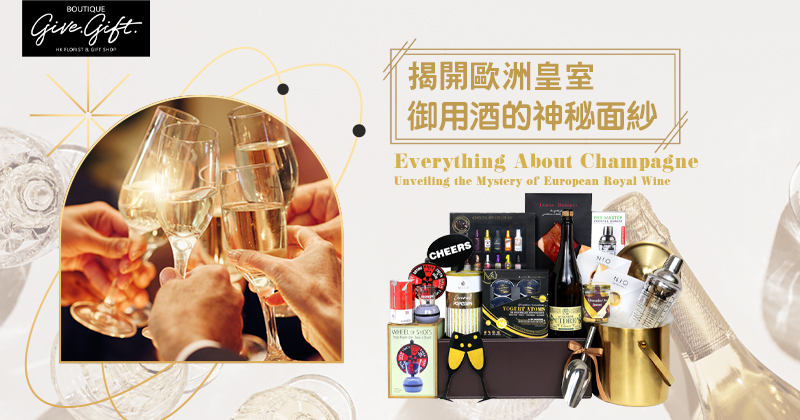

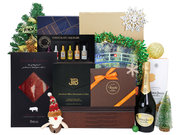

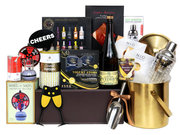
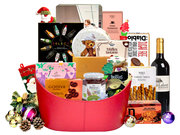

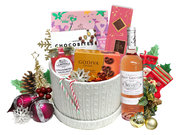
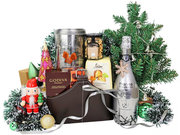
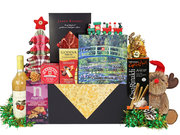

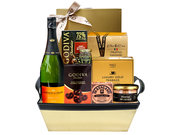
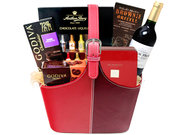



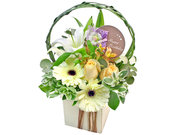
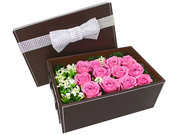
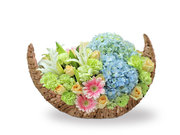

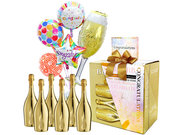
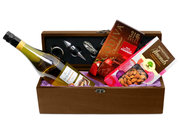
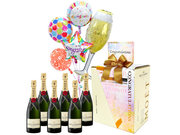


 Share
Share Tweet
Tweet +1
+1  Pin it
Pin it Post
Post  Weibo
Weibo Review
Review

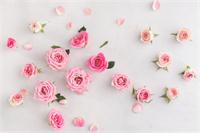
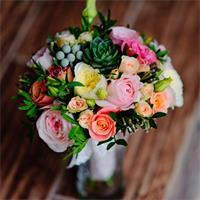
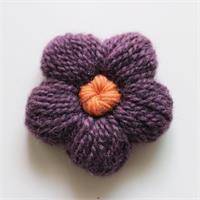
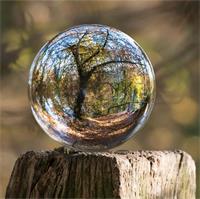

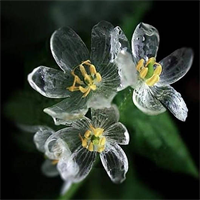
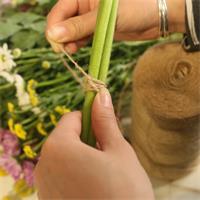
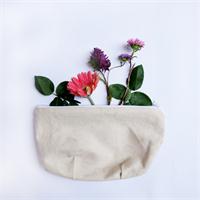




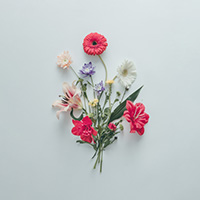
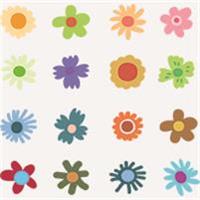
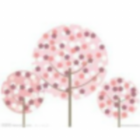



 Diwali Gifts
Diwali Gifts 
 ▶
▶